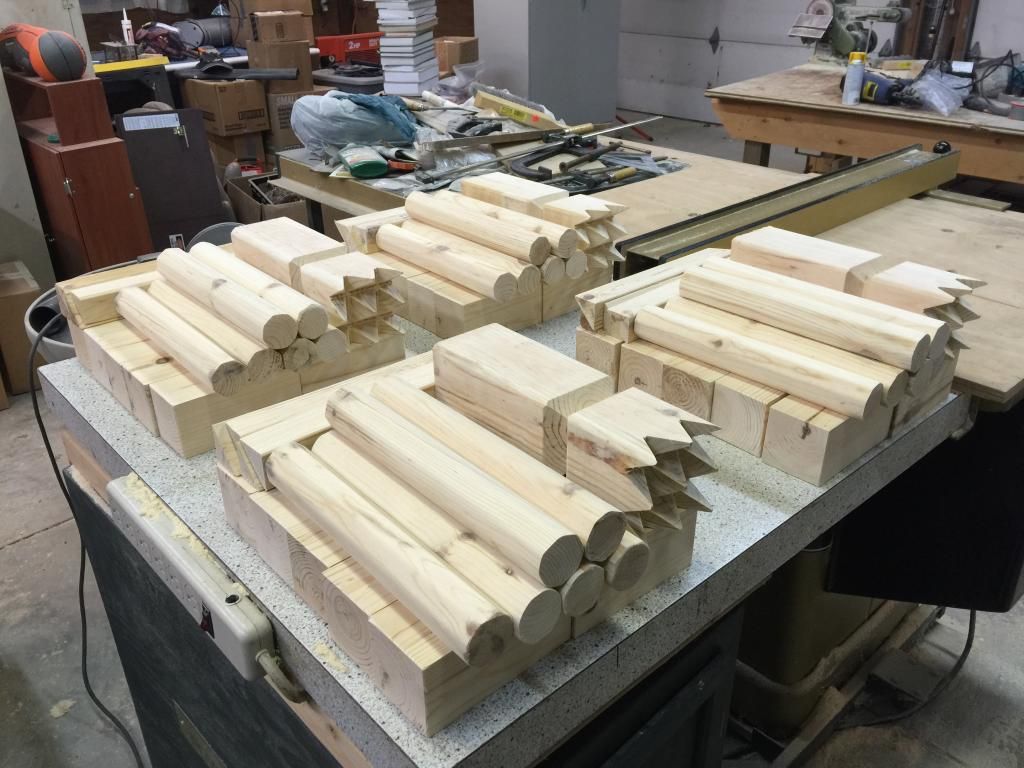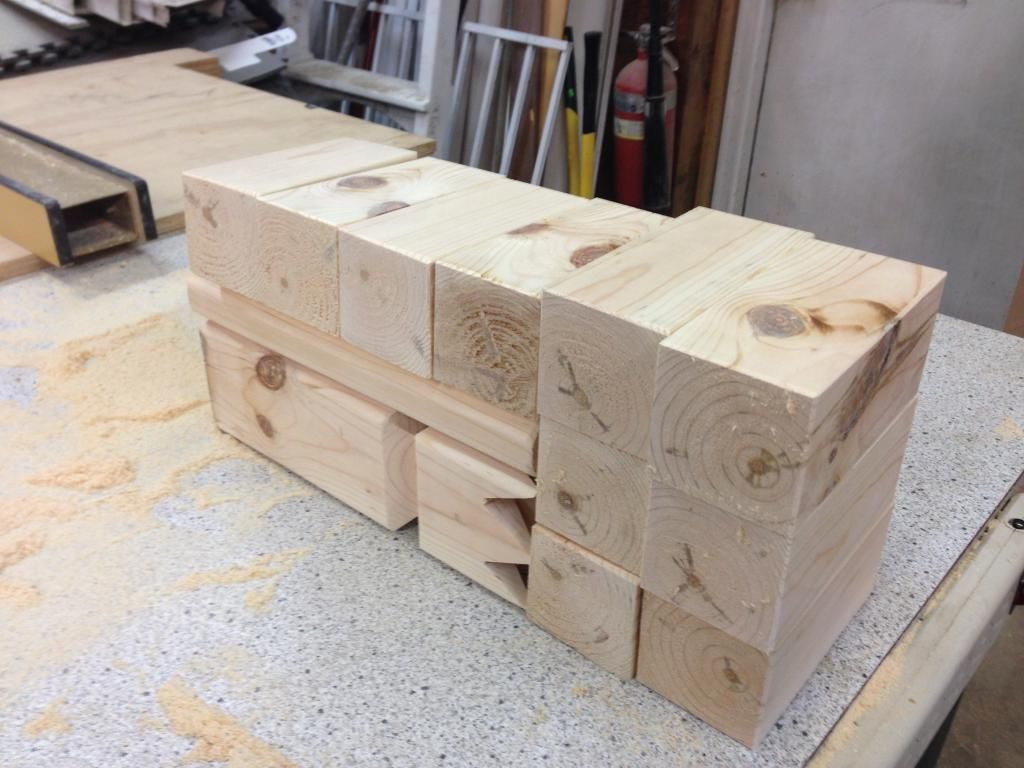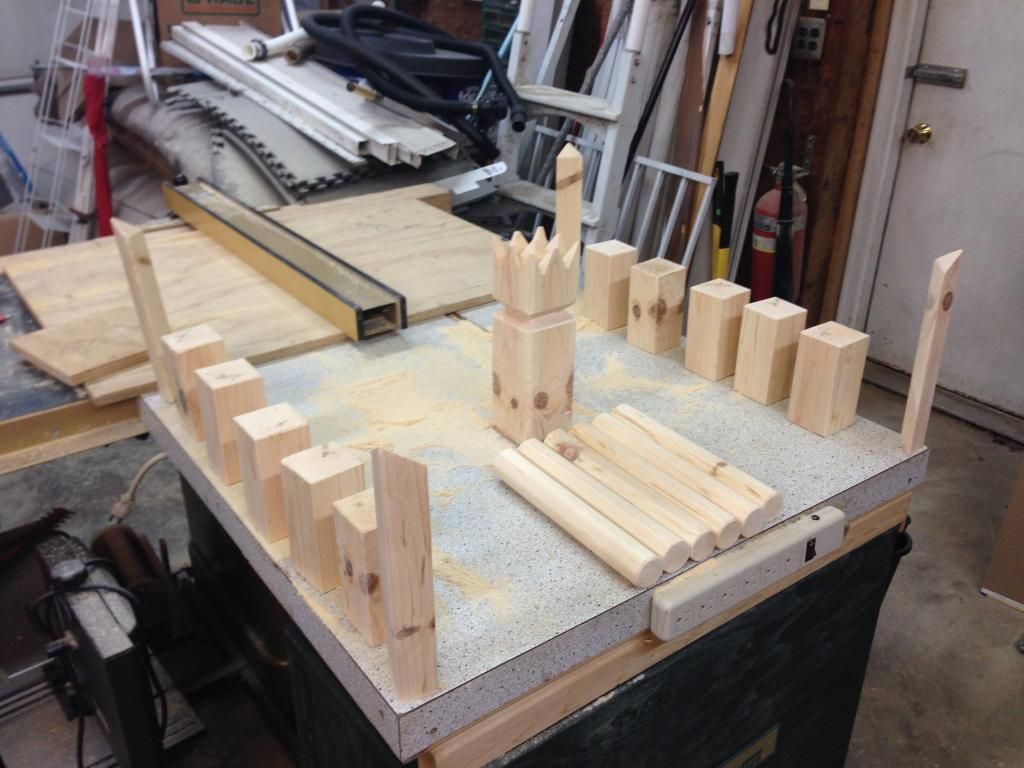Ok, it's time for me to start acquiring a good selection of power tools. First on the list, a cordless drill. For the most part, this will just be used as either for drilling pilot holes for wall anchors in drywall, or as a bit driver for setting screws in said anchors; but I'd love something that can be used for wood (solid, ply, particle board, and MDF as necessary) as well. The last time I bought a cordless drill it was about as useful as tits on a mule. It never held enough charge to get full power and could only provide a few minutes of half- (or less) power. I'm hoping that the technology has come along a bit further in the past decade. Oh, and @Tinwhistler, I may also use this from time to time to aerate mead, if that factors in any.
I will also eventually need to add a router and circular saw and/or table saw to the mix. I don't (currently) do a lot of woodworking, but would like to get into it for hobby purposes now and for home building later so that I don't have to try to either buy a house that's perfect, or hire someone to make minor repairs.
Does Halforums have any recommended brands?
I will also eventually need to add a router and circular saw and/or table saw to the mix. I don't (currently) do a lot of woodworking, but would like to get into it for hobby purposes now and for home building later so that I don't have to try to either buy a house that's perfect, or hire someone to make minor repairs.
Does Halforums have any recommended brands?






